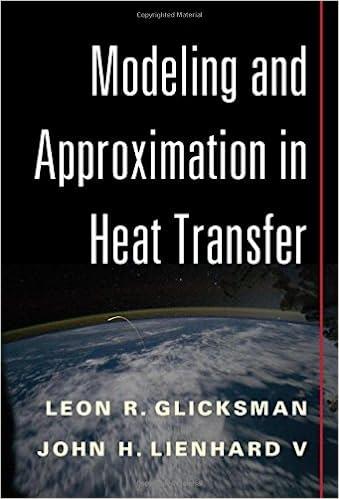Answered step by step
Verified Expert Solution
Question
1 Approved Answer
Consider the following parallel reactions: A+Blongrightarrow{(:[P,r_(p)=2500exp(-(8000)/(T))c_(A)c_(z)]),(R,r_(R)=1500exp(-(2000)/(T))c_(A)^(1.5)c_(B)),(S,r_(S)=500exp(-(1000)/(T))c_(A)c_(B)^(55)):} a) Find the best operation conditions and {:T) which maximizes P (You do not need to give any
Consider the following parallel reactions:\
A+Blongrightarrow{(:[P,r_(p)=2500exp(-(8000)/(T))c_(A)c_(z)]),(R,r_(R)=1500exp(-(2000)/(T))c_(A)^(1.5)c_(B)),(S,r_(S)=500exp(-(1000)/(T))c_(A)c_(B)^(55)):}\ a) Find the best operation conditions and
{:T)which maximizes
P(You do not need\ to give any numerical value).\ b) What reactor/reactors scheme should be used to maximize P?\ c) If the desired product was S, how would your answers change to parts a and b?\ d) If
Breacts with
Pto give another undesired product, , with the rate\ expression
r_(v)=10000exp((-4000)/(T))c_(B)C_(P))parallel to the reactions above, what\ reactor/reactors scheme should be used to maximize
P?

Step by Step Solution
There are 3 Steps involved in it
Step: 1

Get Instant Access to Expert-Tailored Solutions
See step-by-step solutions with expert insights and AI powered tools for academic success
Step: 2

Step: 3

Ace Your Homework with AI
Get the answers you need in no time with our AI-driven, step-by-step assistance
Get Started


